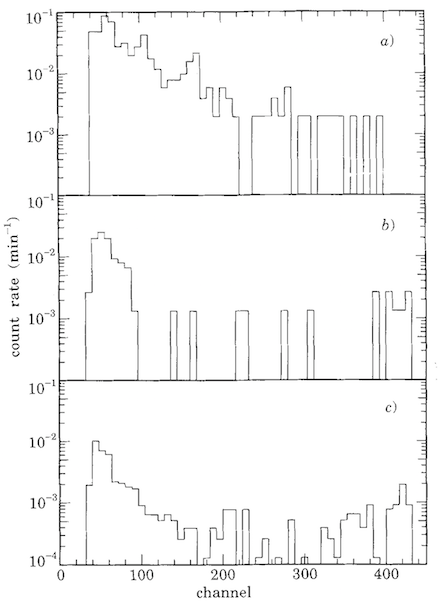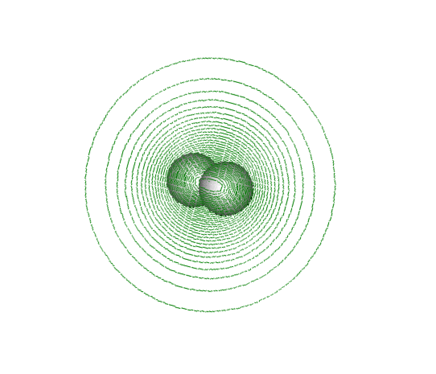Binuclear Atom, a model born in 1991
In 1991, a few years after Fleischmann and Pons’s cold fusion announcement, Gianfranco Cerofolini performed a series of experiments involving collisions of deuterated molecules against targets containing deuterium, and proposed a model that would explain the absence of the Coulomb barrier.
Experiments with collisions of deuterated molecular projectiles against solid targets containing deuterium are used to give an experimental estimate to the threshold value of the energy of nuclear reactions, in other words, to estimate the magnitude of the Coulomb barrier.

The resulting diagrams report the count of nuclear events as a function of the energy of the molecular projectile.
There must therefore be a minimum energy carried by the projectile, for example a molecule of heavy water striking a deuterated solid, below which no nuclear events occur.
We can see from the diagram that in practice there is no Coulomb barrier, or rather, that the barrier is so low that is virtually non-existent, being at a value of 30 electron volts.
To explain this behavior Cerofolini proposed that as a result of collisions, some metastable configurations may develop for a limited time in which two hydrogen or deuterium nuclei remain trapped at a small enough distance and for a long enough period of time to give rise to nuclear reactions.

The structure of normal molecules is characterized by the motion of electrons around nuclei which are almost stationary or which perform small oscillations around their equilibrium positions. The binuclear atom, on the contrary, would be characterized by two nuclei which rotate as if they were the electrons of an ordinary molecule surrounded in turn by the electrons. The peculiar characteristic of a binuclear atom compared to an ordinary molecule would be a high kinetic energy of the nuclei because in a binuclear atom there would be no substantial difference between the motion of electrons and the motion of the nuclei.